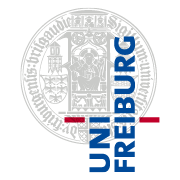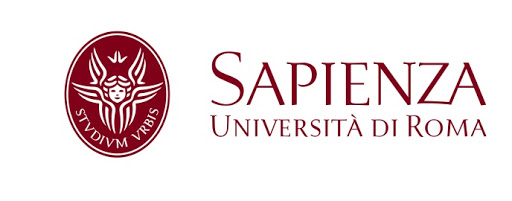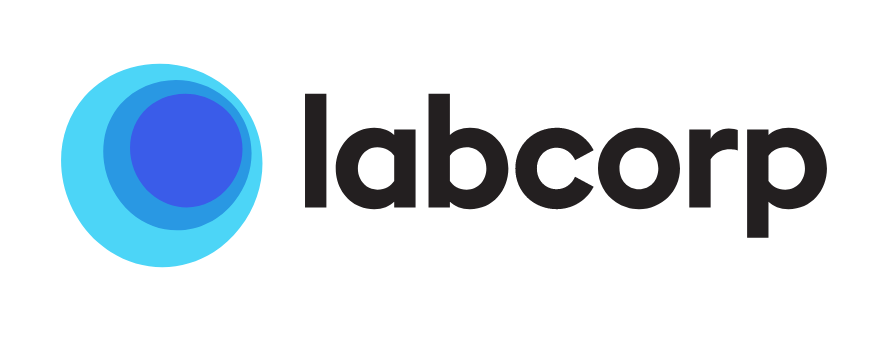Presentation (9) details
Dynamic modulation of cortico-cortical interactions during visuomotor behavior
SfN 2023: 11-15 November 2023, Washington, USA.
Poster Title: Dynamic modulation of cortico-cortical interactions during visuomotor behavior
Abstract:
The cortical networks involved in the control of visuomotor behaviors include various regions ranging from the parietal to the frontal lobe. It has been hypothesized that feedback connections originating from motor areas exert top-down influences on the posterior parietal cortex during visuomotor behavior.
A detailed description of the dynamic reciprocal flow of information within the fronto-parieto-occipital network, however, is still lacking. The current study aims to investigate the functional relevance of motor information processed in visual-parietal areas and understand its role during behavior. To this end, two rhesus macaques were trained in a visuomotor sequential reaching task. At each trial, animals reached visual targets appearing sequentially by means of a robotic exoskeleton. Neural recordings were acquired by extracellular multi-electrode Utah arrays (Blackrock Neurotech) implanted in five cortical regions along the visuomotor pathway, including the dorsal premotor (PMd) and primary motor cortex (M1), the parietal areas 7A and dorsal prelunate (DP) and the visual areas V1 and V2. Eye and hand positions were recorded by EyeLink 1000 (sr-research) and Kinarm (Bkin Technology), respectively. To assess cortico-cortical interactions during this task, we focused on the high-gamma activity (HGA, 55-150 Hz) of the local field potentials, which reflects a mesoscopic measure of neural activation correlating with multi-unit spiking activity.2 We observed transient area-specific modulations in the power of the HGA related to relevant task events, such as stimulus onset and movement onset. To segregate independent sources of neural activation, an Independent Component Analysis was applied on the HGA. In order to unravel the network’s dynamic reciprocal interactions, we performed directed functional connectivity analysis based on Transfer Entropy between the independent sources. Preliminary results reveal the co-existence of significant feedforward visuo-parietal interactions, as well as feedback fronto-parietal interactions. They are both more prominent after the initiation of the hand movement. Ongoing analyses are exploring how these interactions are modulated in relation to the behavioral performance of the monkeys in the task.
















